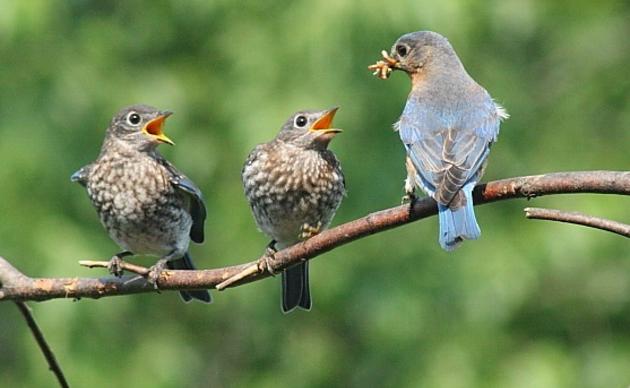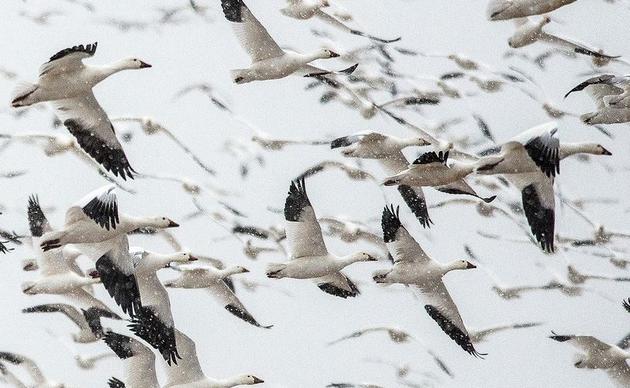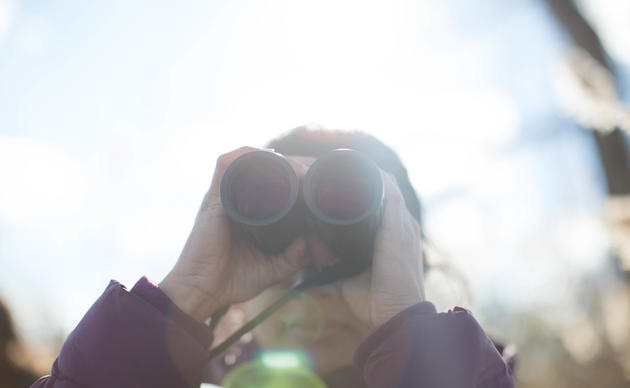Published by the Hudson Valley News Network, by Kathy Welsh
January 25, 2016
BEACON —During February and March, Scenic Hudson will host six engaging presentations that offer the latest scoop on the valley’s astonishing natural world.
Local experts will discuss cutting-edge strategies for conserving the region’s irreplaceable habitats and wildlife—and the roles these natural resources play in sustaining human health and prosperity.
All events are free and held at the River Center at Scenic Hudson’s Long Dock Park in Beacon. For questions or to RSVP, contact Anthony Coneski, aconeski@scenichudson.org or 845 473 4440, ext. 273.
Thursday, Feb. 4, 6–7 p.m. – The Lives and Legends of Hudson River Fish
For decades, fish have swum at the epicenter of environmental awareness and protection on the Hudson River. Within the watershed, 224 species have been documented, 171 considered native. Are these numbers significant—and what does “native” mean? New York State Department of Environmental Conservation Hudson River Estuary Program Naturalist/Educator Tom Lake will provide the answers as well as other intriguing facts about the roles fish have played since humans arrived here 12,000 years ago.
Forested wetlands.
Thursday, Feb. 11, 6–7 p.m. – Hudson Valley Wetlands: What do We Have to Lose?
The Hudson Valley has a tremendous diversity of wetlands, from floodplain forests and vernal pools to emergent marshes and fens. They provide habitat for plants and animals, including many rare species, and benefit our communities by furnishing clean water, flood control and outdoor enjoyment. The New York State Department of Environmental Conservation Hudson River Estuary Program and Cornell University are working together to conserve forests, wetlands and natural areas that support a vital estuary ecosystem. Join Estuary Program Conservation and Land Use Coordinator Laura Heady for an exploration of the region’s wetlands, and learn how you and your community can get involved in conserving these vital natural assets.
Great Egret – US Fish & Wildlife Service
Thursday, Feb. 18, 6–7 p.m. – Constitution Marsh: Jewel on the Hudson
Located on the Hudson River’s eastern shore in Putnam County, Constitution Marsh Audubon Center & Sanctuary is a large wetland complex whose mosaic of intertidal shallows, mudflats, tributary streams and marshes provides irreplaceable habitat for birds, plants and other wildlife. Eric Lind, director of Hudson Valley properties for Audubon New York, will describe the diverse bird and wildlife populations that thrive in the marsh despite the long history of human impact upon it. He also will share educational and habitat restoration activities planned for the marsh and other Audubon properties in the valley.
Thursday, Feb. 25, 6–7 p.m. – Effects of Climate Change on Hudson Valley Birds
Larry Federman, president of the Northern Catskills Audubon Society, will offer a PowerPoint presentation on local birds and discuss potential impacts climate change will have on these and other species—and how we can help them.
Thursday, March 3, 6–7 p.m. – Native Pollinators: “The Unstung Heroes”
Most of the food we eat is the result of the endless labor of pollinators. Bees are designed for pollination, yet most go unnoticed and their work unheralded. Tim Stanley, founder of Native Beeology, will reveal the hidden world of our native pollinators and bring much-deserved attention to their importance in the ecosystem. Emphasis will be placed on ways to create habitat diversity within our backyards and gardens to attract these essential insects—encouraging, and in turn benefiting from, the ripple effect of their work throughout the environment.
Thursday, March 10, 6–7 p.m. – Tracking the Great Migration
American eels (Anguilla rostrata) are born in the Atlantic Ocean and swim into North American streams as tiny, almost see-through “glass eels.” The species is in decline over much of its range, and studies of its migration are considered crucial for survival. New York State Department of Environmental Conservation Hudson River Estuary Program Science Education Specialist Chris Bowser will discuss the eels and their long journey and then describe when, where and how you can help catch and document these fascinating fish—providing biologists with vital information.



